The Philippines, with its myriad of dialects, offers a linguistic kaleidoscope that reflects its cultural, historical, and geographical diversity. Each dialect, with its unique flavor and nuance, contributes to the rich tapestry of Filipino identity. As the world becomes increasingly interconnected, there is a pressing need to appreciate, preserve, and celebrate these linguistic treasures that carry the soul and spirit of the Philippine islands.
The Philippines is home to a remarkable tapestry of cultures and languages. Over a hundred native languages grace the nation, shaped by its history, migrations, and interactions both within the islands and with its neighbors. Each dialect tells a story of its people and serves as a reflection of their distinct identity. In this article, we’ll explore some of the most widely spoken and influential dialects of the Philippines.
10 Languages of the Philippines
- Tagalog
- Cebuano
- Ilokano
- Waray-Waray
- Kapampangan
- Bicolano
- Hiligaynon
- Pangasinan
- Maranao
- Tausug
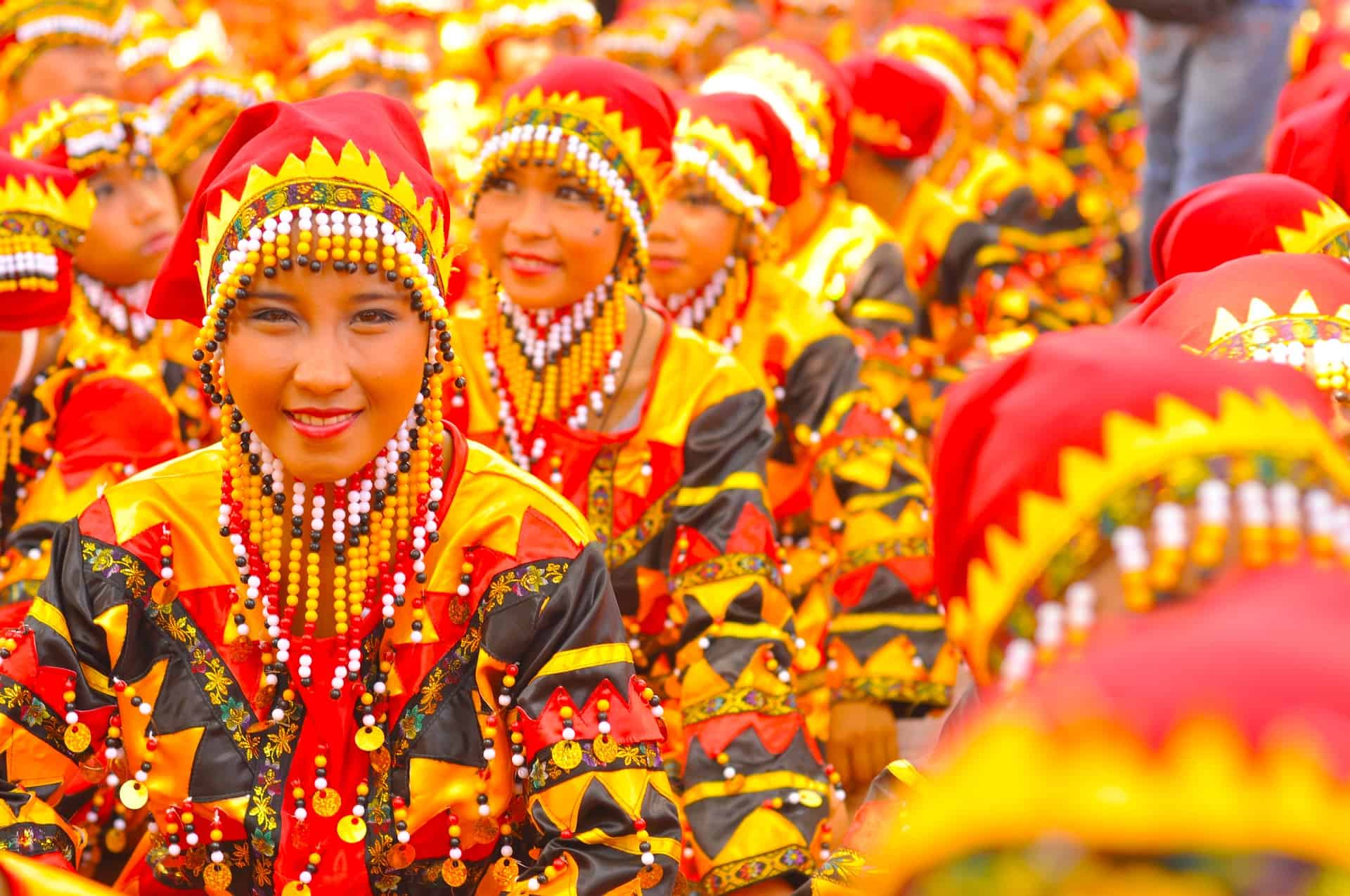
Originating from the central regions of Luzon, Tagalog is the basis of the national language, Filipino. It is primarily spoken in Metro Manila, the nation’s capital, and its surrounding provinces. Beyond its geographical base, it is understood and spoken throughout the archipelago, owing to its prevalence in media, literature, and education. Modern Tagalog incorporates a plethora of loan words from Spanish, English, and other Philippine languages, mirroring the nation’s multifaceted history.
Philippine epics, riddles, and proverbs are rich in Tagalog, reflecting the deep cultural roots and values of the people. Over time, and with increasing globalization, Tagalog continues to evolve, absorbing new words and influences, yet remains a binding force for Filipinos worldwide.

Cebuano
Cebuano, sometimes referred to as Bisaya or Binisaya, is predominant in the Visayas region and parts of Mindanao. It’s named after the island of Cebu, where it traces its origins. With its mellifluous tones and unique idioms, it’s a language that captures the spirit of its speakers: warm, resilient, and vibrant.The dialect has been enriched by its contact with other cultures, notably the Spanish during their colonial rule. Songs, poetry, and stories in Cebuano convey the daily life, dreams, and aspirations of its speakers. Today, it is the second most spoken language in the Philippines and has a significant presence in online and local media.
Ilokano
Originating from the Ilocos region in the northwest part of Luzon, Ilokano is spoken by the Ilocano people, known for their hardworking nature and culinary delights. The language reflects their deep connection to the land and the sea, with many idioms and expressions derived from farming and fishing.The Ilokano diaspora, especially in Hawaii and parts of the United States, has seen the language spread beyond the Philippine shores. Literature, especially epic tales and folk songs in Ilokano, offers insights into the community’s worldview, valor, and communal spirit.
Waray-Waray
Waray-Waray is spoken primarily in the Eastern Visayas region. Its name comes from the term “waray,” which means “none” or “nothing,” a testament to the resilience and humor of its speakers who have faced and overcome various natural calamities over the years.Its literature is rich in oral traditions, including ballads, narratives, and songs that reflect the community’s spirit, challenges, and celebrations. Over the years, it has absorbed words from Spanish and English, creating a linguistic blend that mirrors the region’s history and external influences.
Kapampangan
Kapampangan is the dialect of the people living in the Pampanga province and parts of Tarlac in Central Luzon. Known for their rich culinary tradition and colorful festivals, Kapampangans have a language that’s melodious and rhythmic.Historical accounts, especially from the Spanish colonial era, have noted the beauty and depth of Kapampangan poetry and songs. Today, efforts are underway to preserve and promote the language, especially among the younger generation, through education and cultural programs.
Bicolano
From the Bicol region of Luzon, Bicolano is known for its distinct intonation and expressions. The majestic Mayon Volcano, a key landmark, finds frequent mention in local songs and stories, symbolizing the region’s beauty and unpredictability.Bicol literature, rich in myths, legends, and folktales, offers a window into the worldviews and values of its people. As with many Philippine languages, it has absorbed influences from other languages, particularly Spanish, reflecting the interwoven histories of the region.
Hiligaynon
Hiligaynon, also known as Ilonggo, is primarily spoken in Western Visayas, especially in the provinces of Iloilo and Negros Occidental. Its soft, lilting tone gives it a musical quality.The oral and written traditions in Hiligaynon, particularly in the form of epics, ballads, and lyrical poems, revolve around themes of love, heroism, and the supernatural. Contemporary efforts in local media and education strive to keep the language and its rich literary traditions alive.
Pangasinan
The Pangasinan province in the northern part of Luzon is where the Pangasinense dialect originates. The language, like its people, has a rich history, particularly in trade and cultural interactions with neighboring regions.Oral traditions, riddles, proverbs, and folktales in Pangasinan reflect the community’s values, wisdom, and wit. With the modern challenges of globalization and technological advancements, there are concerted efforts to ensure the language’s preservation and continued relevance.
Maranao
Maranao is spoken by the Maranao people of Lanao del Sur in Mindanao. Rooted deeply in Islamic traditions, the language encapsulates the rich tapestry of Maranao history, art, and culture.The Darangen, an ancient Maranao epic, is a testament to the language’s beauty and depth. It narrates tales of heroism, romance, and the supernatural. Recognized by UNESCO as a Masterpiece of the Oral and Intangible Heritage of Humanity, the Darangen exemplifies the profound cultural significance of the Maranao dialect.
Tausug
Originating from the Sulu Archipelago, Tausug is spoken by the Tausug people, known as the “people of the current.” Their maritime heritage and history of resistance against colonizers are deeply embedded in the language.Tales of valor, romance, and the sea are recurrent themes in Tausug oral traditions. The language, while influenced by Arabic due to Islamic traditions, remains distinctively Philippine in its essence and expressions.
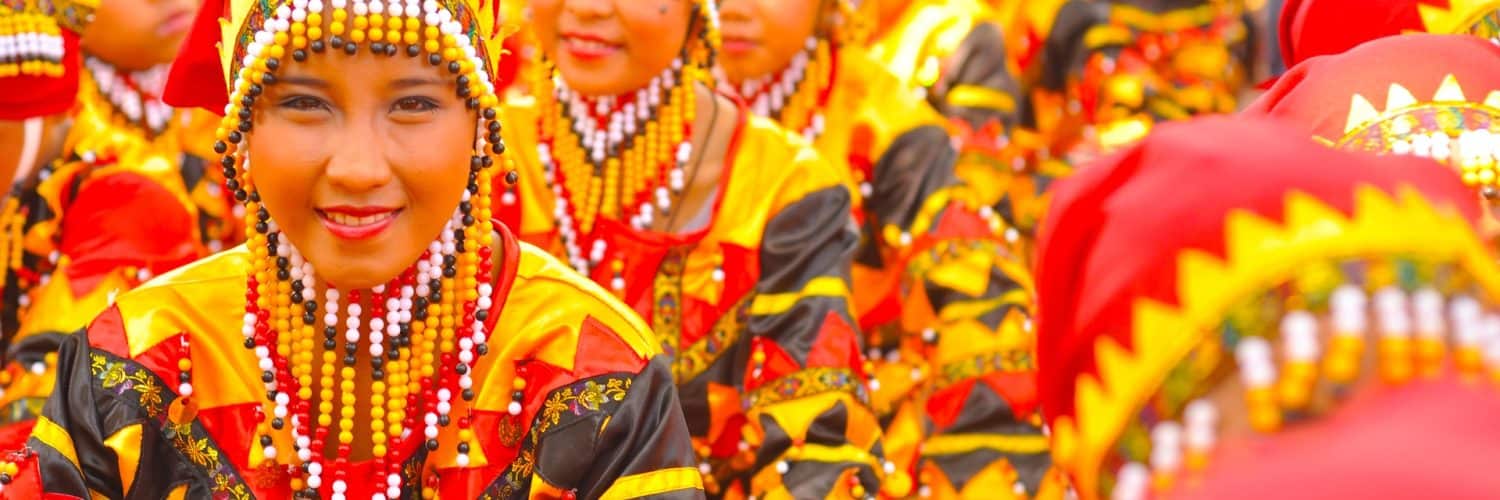
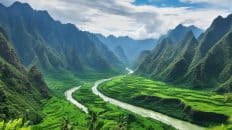
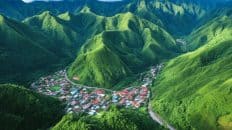
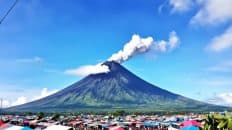














Add comment